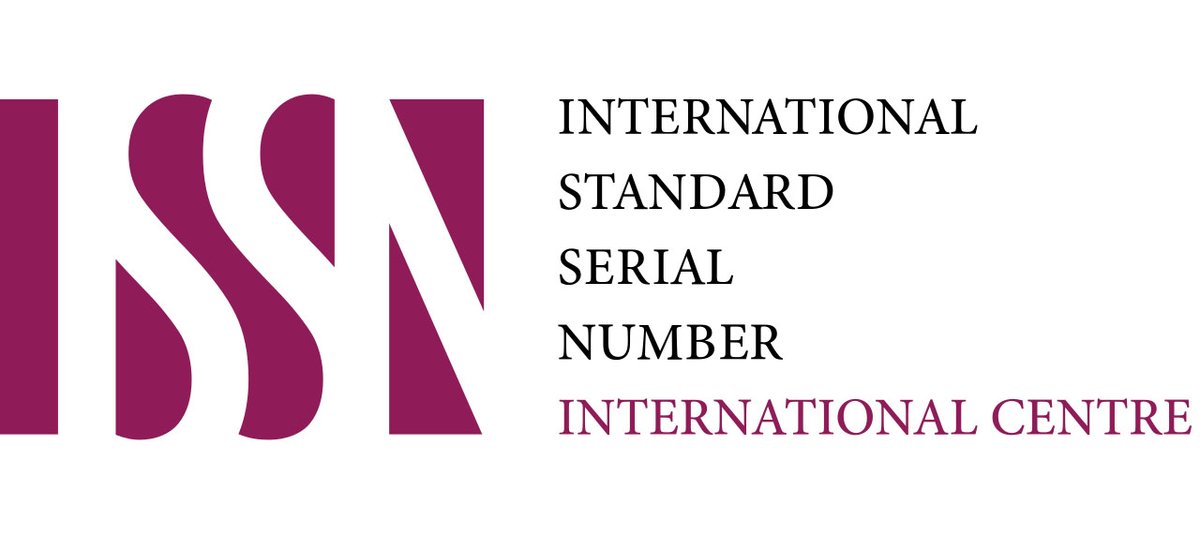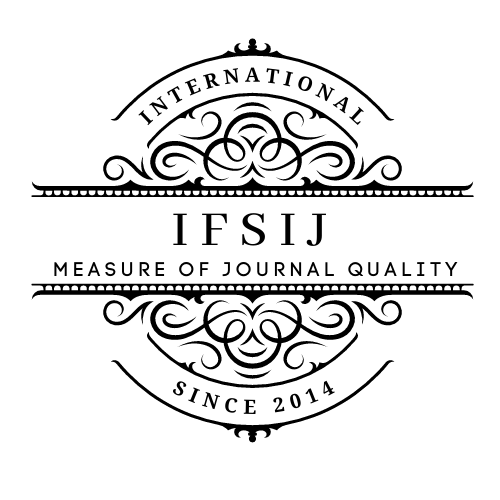RHINOSINUSITIS AND OTHER DISEASES OF THE PARANASAL SINUSES
Abstract
Worldwide, there is an increase in the prevalence of acute and chronic forms of rhinosinusitis among adults and children. The article reflects the results of modern research on the prevalence of rhinosinusitis, presents classifications, etiological aspects, and outlines the basic tactical principles of management and antibacterial therapy of this disease. Acute catarrhal rhinosinusitisis probably the most common disease in the world, which every person has many times in their lifetime. In addition to the fact that acute rhinosinusitis can be an independent disease, it often accompanies other viral and infectious diseases. The most common causativeagents риносинусиof acute rhinosinusitis are, of course, respiratory viruses (influenza viruses, parainfluenzaviruses, rhinoviruses, adenoviruses, MS viruses, enteroviruses, coronaviruses). It is well known that viruses pave the way for bacterial pathogens by weakening or suppressing local immunity of the mucous membranes of the upper respiratory tract. The most commonbacterial pathogens are Pseudococcusaureus, Hemophilus influenzae and moraxella. Do not forget about atypical pathogens (chlamydia, mycoplasma, pneumocysts and legionellaонеллы). Due to the lackof immunity, children suffer from acute respiratory infections more often than adultsлые, approximately 3.6 times, which is 69 thousand per 100 thousand children under the age of 14 years [2]. Systemic antibacterial drugs are often prescribed to patients with diseases of the upperних дыхательrespiratory tract rashly. Doctors ' reassessment of reasonableness prescribingsystemic antibiotics forVDD diseases can be explained by therather frequentspontaneous recovery of patients with these diseases and the incorrect judgment that systemic antibiotics prevent the development of bacterial superinfection in diseases caused by viruses [2, 3].
Downloads
Published
Issue
Section
License

This work is licensed under a Creative Commons Attribution-NonCommercial-NoDerivatives 4.0 International License.















